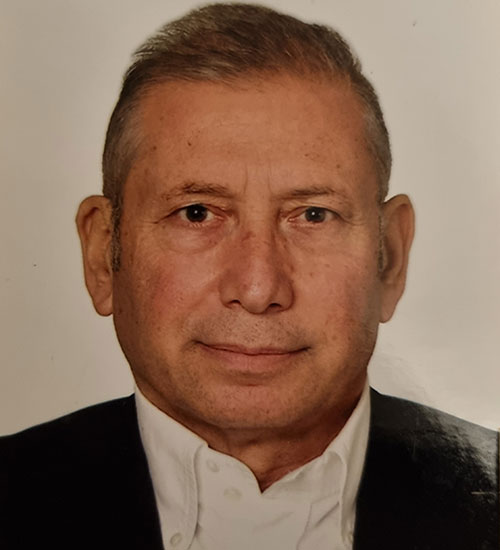

Examples for periodontal plastic and aesthetic surgery
Periodontal plastic surgery refers to surgical procedures aimed at correcting or eliminating anatomic, developmental, or traumatic deformities of the gingiva or alveolar mucosa. The term was first proposed by Miller in 1993 and broadened to include the following areas:
• Periodontal-prosthetic corrections
• Crown lengthening
• Ridge augmentation
• Esthetic surgical corrections
• Coverage of the denuded root surface
• Reconstruction of papillae
• Esthetic surgical correction around implants
• Surgical exposure of unerupted teeth for orthodonticsBass abstract
Recession of the facial, gingival margin will alter the proper gingival symmetry and result in an esthetic problem. The presence of the interdental papilla is also important to satisfy the esthetic goals of the patient. A missing papilla creates a space which many address as a “black hole.” The regeneration of the lost or reduced papilla is one of the most difficult goals in esthetic periodontal plastic surgery. Another area of concern is the patient who presents an excessive amount of gingiva in the visible area. This condition is often addressed as a “gummy smile” and may be corrected surgically by crown lengthening. The correction of these anatomic defects has become an important part of periodontal plastic surgery.
CRITERIA FOR SELECTION OF TECHNIQUES
1. Surgical site free of plaque, calculus, and inflammation.
2. Adequate blood supply to the donor tissue.
3. Anatomy of the recipient and donor sites.
4. Stability of the grafted tissue to the recipient site.
5. Minimal trauma to the surgical site.
Some of surgical techniques employed for the treatment of gingival recessions are: connective tissue autograft, pedicle autografts, and coronally positioned flap include semilunar pedicle, laterally positioned pedicle flap, double papilla flap procedure, subepithelial connective tissue graft, tunnel technique, pinhole surgical technique and guided tissue regeneration (GTR).
In this lecture, examples of periodontal plastic and aesthetic surgery techniques will be presented.
Dr. M. Murat AKKAYA graduated from Ankara University Faculty of Dentistry in 1981. In 1985, he completed his doctorate in periodontology at Ankara University. He received the title of associate professor in 1987 and professor in 1994. He worked at Ankara University until June 2023. He has been working at Lokman Hekim University in both education and clinical fields since November 2023. He is a member of the Turkish Society of Periodontology, Turkish Dental Association, European Federation of Periodontology and BaSS.
Examples for periodontal plastic and aesthetic surgery
Periodontal plastic surgery refers to surgical procedures aimed at correcting or eliminating anatomic, developmental, or traumatic deformities of the gingiva or alveolar mucosa. The term was first proposed by Miller in 1993 and broadened to include the following areas:
• Periodontal-prosthetic corrections
• Crown lengthening
• Ridge augmentation
• Esthetic surgical corrections
• Coverage of the denuded root surface
• Reconstruction of papillae
• Esthetic surgical correction around implants
• Surgical exposure of unerupted teeth for orthodonticsBass abstract
Recession of the facial, gingival margin will alter the proper gingival symmetry and result in an esthetic problem. The presence of the interdental papilla is also important to satisfy the esthetic goals of the patient. A missing papilla creates a space which many address as a “black hole.” The regeneration of the lost or reduced papilla is one of the most difficult goals in esthetic periodontal plastic surgery. Another area of concern is the patient who presents an excessive amount of gingiva in the visible area. This condition is often addressed as a “gummy smile” and may be corrected surgically by crown lengthening. The correction of these anatomic defects has become an important part of periodontal plastic surgery.
CRITERIA FOR SELECTION OF TECHNIQUES
1. Surgical site free of plaque, calculus, and inflammation.
2. Adequate blood supply to the donor tissue.
3. Anatomy of the recipient and donor sites.
4. Stability of the grafted tissue to the recipient site.
5. Minimal trauma to the surgical site.
Some of surgical techniques employed for the treatment of gingival recessions are: connective tissue autograft, pedicle autografts, and coronally positioned flap include semilunar pedicle, laterally positioned pedicle flap, double papilla flap procedure, subepithelial connective tissue graft, tunnel technique, pinhole surgical technique and guided tissue regeneration (GTR).
In this lecture, examples of periodontal plastic and aesthetic surgery techniques will be presented.
Dr. M. Murat AKKAYA graduated from Ankara University Faculty of Dentistry in 1981. In 1985, he completed his doctorate in periodontology at Ankara University. He received the title of associate professor in 1987 and professor in 1994. He worked at Ankara University until June 2023. He has been working at Lokman Hekim University in both education and clinical fields since November 2023. He is a member of the Turkish Society of Periodontology, Turkish Dental Association, European Federation of Periodontology and BaSS.
This site uses cookies. Find out more about cookies and how you can refuse them.
